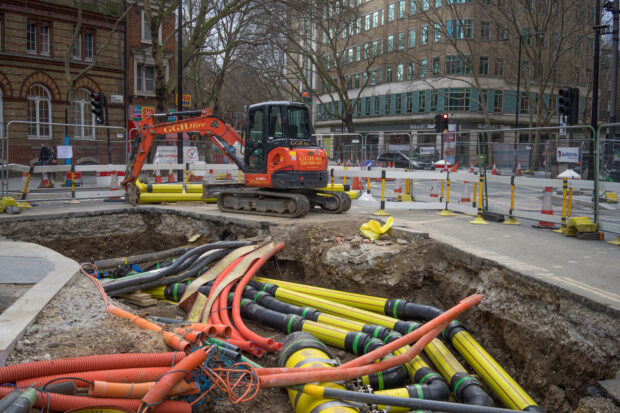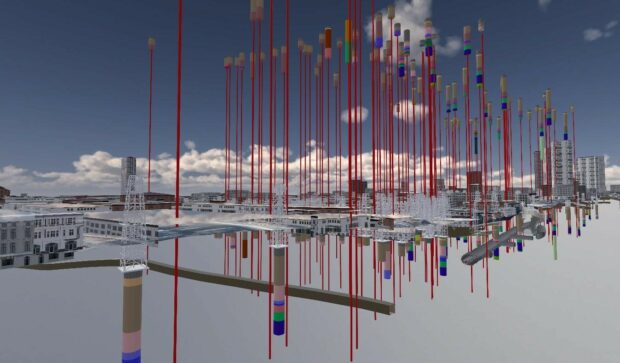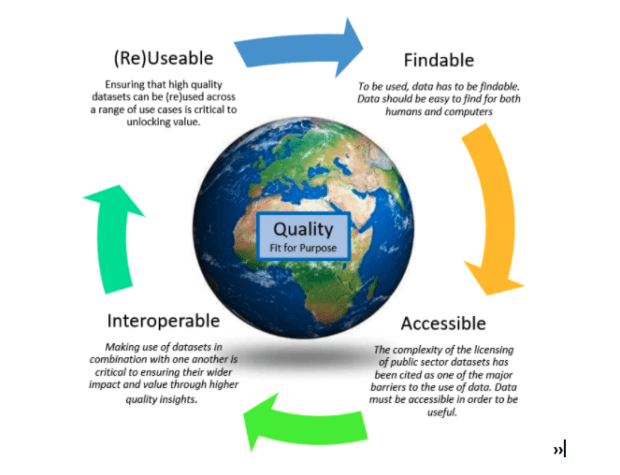Data Standards
The National Underground Asset Register presents a standardised view of pipes and cables to support safe and efficient excavation works. That view is underpinned by a data model based on a new international standard. Dr Neil Brammall, NUAR Product Owner, describes that data model and plans for sharing it.
Dr Neil Brammall, NUAR Technical Product Owner, reveals his key learnings from the recent Open Standards code sprint event organised by the OGC and the role the NUAR data model has played in the implementation of key subsurface standards.
Public sector investments have previously struggled to understand, assess and articulate the economic, social and environmental value of location data coherently, constraining their ability to unlock funding. Find out how this 7-step framework will help address these challenges.
Construction Playbook refresh to improve the re-use and accessibility of ground investigation data. This refresh now makes it a requirement that ground investigation data collected must be shared as soon as reasonably possible with the British Geological Survey as a condition of the contract.
There is a bit of a buzz about making data more FAIR (findable, accessible, interoperable and reusable). Is this a path towards a data utopia where everyone gets the data they want, in the way they want, when they want …
Evaluator Sophie Reid explains the evaluation process she used during the independent dialogue exploring public attitudes about location data.
By looking at licensing from the user perspective the Geospatial Commission and Geo6 have worked together to make data licensing and data more accessible.
Guest blog by Carl Watson, Senior Analyst and UX Lead, British Geological Survey who shares the steps taken to build a data portal for the user. “After listening to what real users want we have created guidelines for Designing Geospatial …
Guest blog: Howard Askew shares the benefits of the latest Data Improvement tool - List of Geospatial Data Publishers by theme or topic, and how it tackles two of the big challenges faced by users of geospatial data today.
Callum Irving, Senior Data and Standards Advisor, shares the Geospatial Commission’s ambitions to improve access to better location data by making it Q-FAIR - Findable, Accessible, Interoperable, Reusable and of the right Quality that is fit for purpose. Building on …









